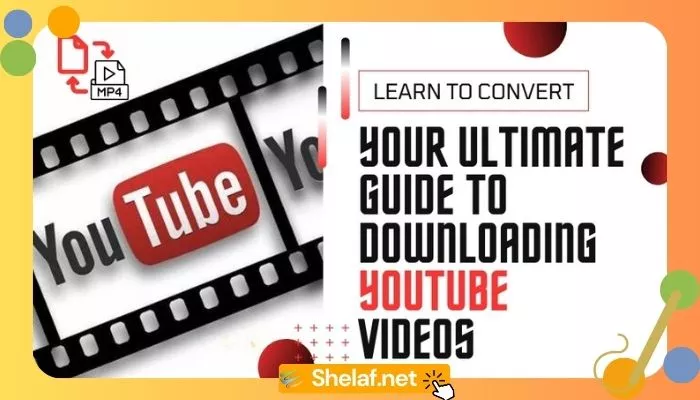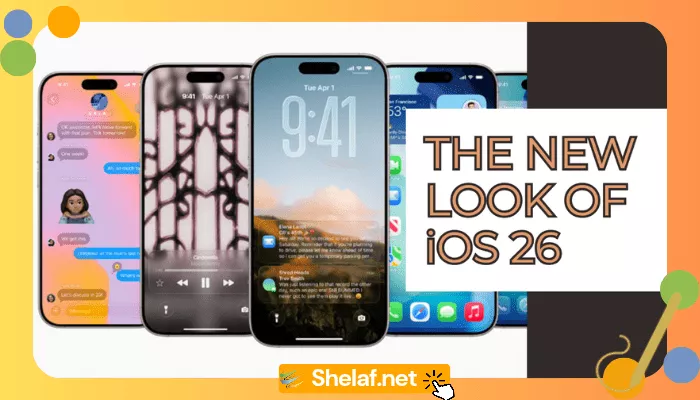Okay, fellow tech enthusiasts, let’s talk about something that’s been bugging me (and probably a lot of you) for a while now: those sharp corners on Samsung’s Galaxy S Ultra phones. Don’t get me wrong, I love the Ultra series—the power, the camera, the S Pen—it’s all there. However, those edges? They may be rather annoying, particularly if you use your phone for extended periods.
However, guess what? The rumor mill is churning, and it seems like Samsung might finally be addressing this ergonomic quirk in the upcoming Galaxy S25 Ultra. Leaked renders and whispers from the tech grapevine suggest that Samsung is embracing a softer design language, with rounded corners taking center stage.
Now, you might be thinking, “Rounded corners? Big deal.” But trust me, this seemingly small change could make a huge difference in how the S25 Ultra feels in your hand.
Contents
Why ergonomics matter (more than we believe)
Admittedly, we find ourselves holding our smartphones almost constantly these days. We use them for everything: work, play, communication, and taking pictures of special moments. Additionally, the way these gadgets feel in our hands becomes increasingly crucial as we use them for extended periods.
That’s where ergonomics comes in. It’s all about designing things to be comfortable, efficient, and safe to use. In the smartphone world, this translates to how well a phone fits in your hand, how easy it is to reach the buttons, and how comfortable it is to hold for long periods. As the National Institute of Standards and Technology (NIST) highlights, good ergonomic design can reduce fatigue and discomfort, leading to a more positive user experience.
Sharp edges, such as those seen on earlier Ultra versions, might sever your palms from time to time, causing pain and suffering. Larger phones like the Ultra, which are already testing the boundaries of one-handed operation, are particularly notable examples of this. It’s a design choice that other manufacturers, including Apple with its iPhone 15 Pro Max, have already moved away from.
Rounded Corners: A Modest Adjustment with a Major Effect
By switching to rounded corners, Samsung could be making the S25 Ultra significantly more comfortable to hold and use. Imagine a phone that nestles gently in your palm instead of poking into it. That’s the promise of this subtle design tweak.
But it’s not just about comfort. Rounded corners also give the phone a softer, more modern look. It’s a design trend we’re seeing across the smartphone industry, and it’s one I’m personally a big fan of.
More Than Just a Pretty Face: Other Design Upgrades
The rumors don’t stop at rounded corners, though. Word on the street is that the S25 Ultra will also be taller, narrower, and thinner than its predecessor. These changes could further improve the phone’s ergonomics, making it easier to hold and reach content on the screen.
And for all the S-Pen lovers out there, there’s more good news. It seems like Samsung might be repositioning the S Pen stylus, placing it right next to the bottom right corner of the device. This could make it much quicker and easier to access the S Pen for jotting down notes, sketching, or simply navigating the phone’s interface.
The Bigger Picture: A Trend Towards User-Friendly Tech
Samsung’s apparent embrace of ergonomics in the S25 Ultra is a really positive sign. It shows that they’re listening to user feedback and prioritizing comfort and usability. And they’re not alone. Other major players like Apple and Google have also been incorporating ergonomic features into their designs. A study by the Interaction Design Foundation found that user-centered design principles, including ergonomics, are becoming increasingly important in the tech industry.
This shift towards more user-friendly tech is something I’m really excited about. After all, technology should be designed to serve us, not the other way around, right?
Beyond the Hardware: Software’s Role in Ergonomics
Of course, hardware isn’t the only factor in ergonomics. Software also plays a crucial role. Features like one-handed mode, gesture navigation, and customizable button layouts can make a big difference, especially on larger devices. This is something that even mid-range phones like the Samsung Galaxy A55 5G and budget-friendly options like the Samsung Galaxy A13 are starting to prioritize.
Samsung’s One UI is already pretty good in this regard, with its focus on intuitive navigation and accessibility features. I’m hoping to see even more enhancements in the S25 Ultra’s software to further boost its usability and comfort.
Looking Ahead: The Future of Ergonomic Smartphones
The rumored design changes in the S25 Ultra could be a game-changer, not just for Samsung but for the entire smartphone industry. As we continue to rely on our phones more and more, it’s crucial that they are designed to be comfortable, efficient, and enjoyable to use.
I’m particularly interested to see how this focus on ergonomics will translate to foldable phones, which present unique design challenges. With their complex hinge mechanisms and larger displays, foldables require careful consideration of weight, balance, and ease of use.
Ultimately, I believe the future of smartphones lies in creating devices that seamlessly integrate into our lives, enhancing our productivity and creativity without causing discomfort or strain. And the Galaxy S25 Ultra, with its rumored focus on rounded corners and other ergonomic refinements, could be a big step in the right direction.
Final Thoughts
While we wait for the official unveiling of the S25 Ultra, I’m genuinely excited about the prospect of a more comfortable and user-friendly flagship phone from Samsung. It’s a sign that the industry is moving in the right direction, prioritizing user experience and recognizing that even the smallest design choices can make a big difference.
Now, if you’ll excuse me, I’m going to stretch my hands and dream of a future where sharp corners are a thing of the past!











